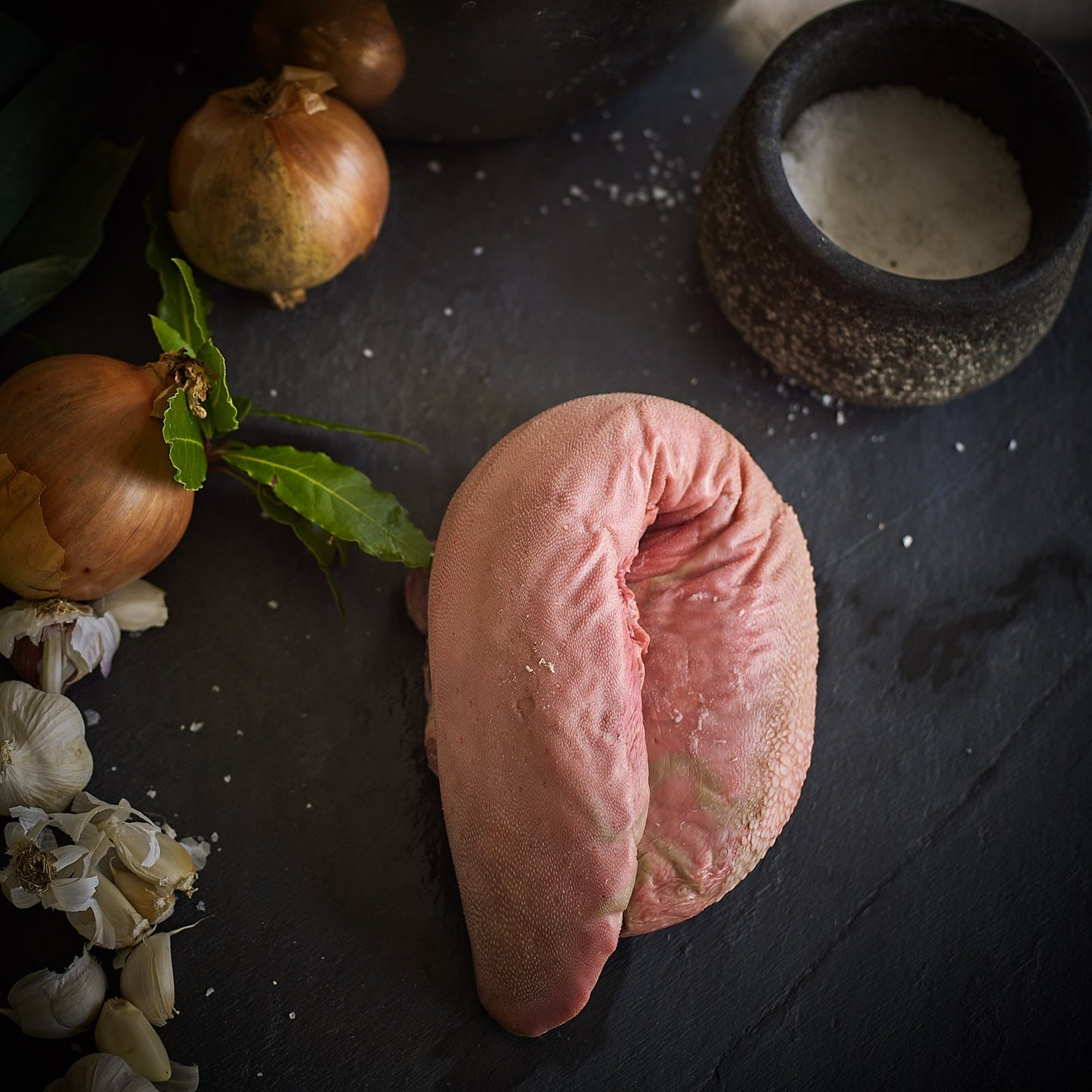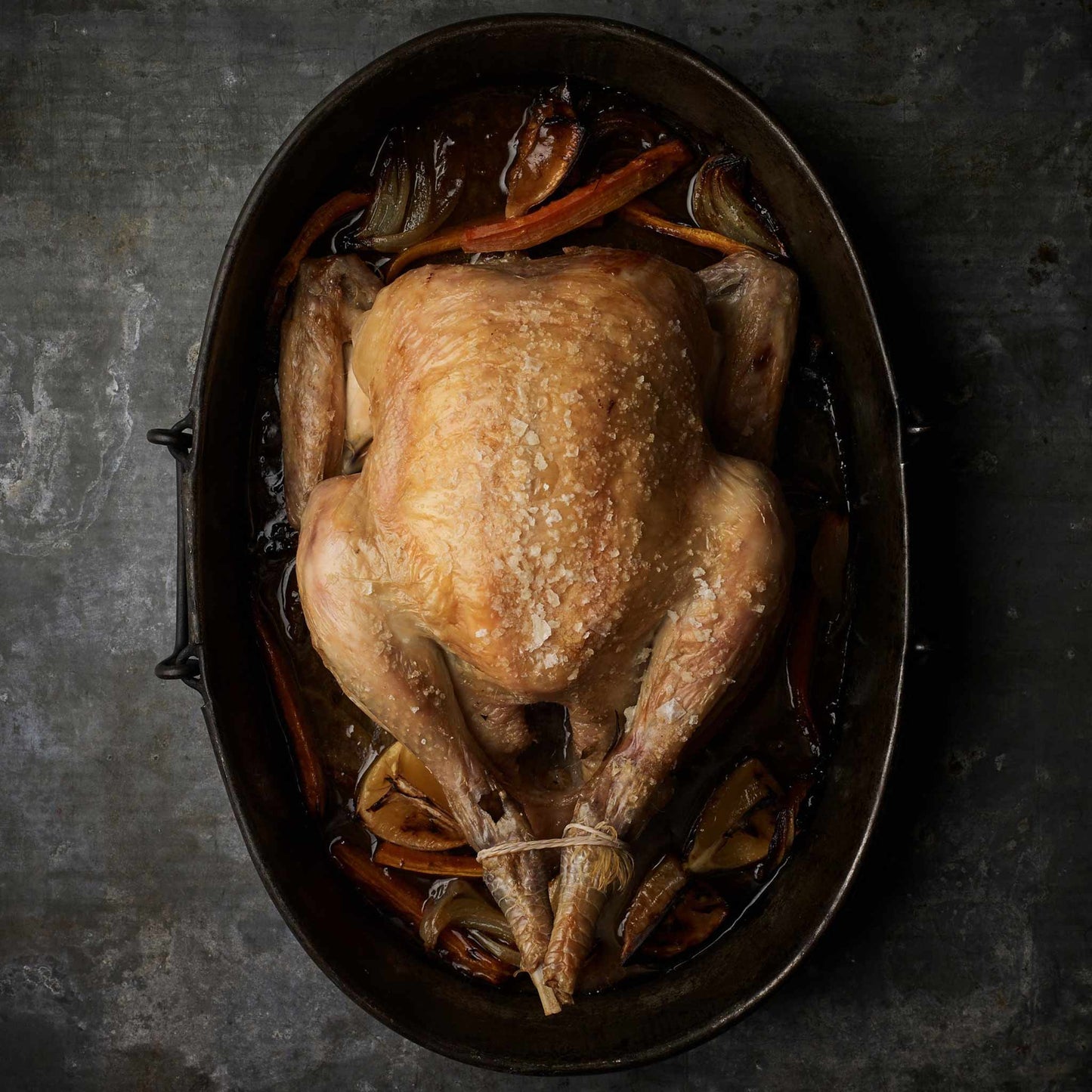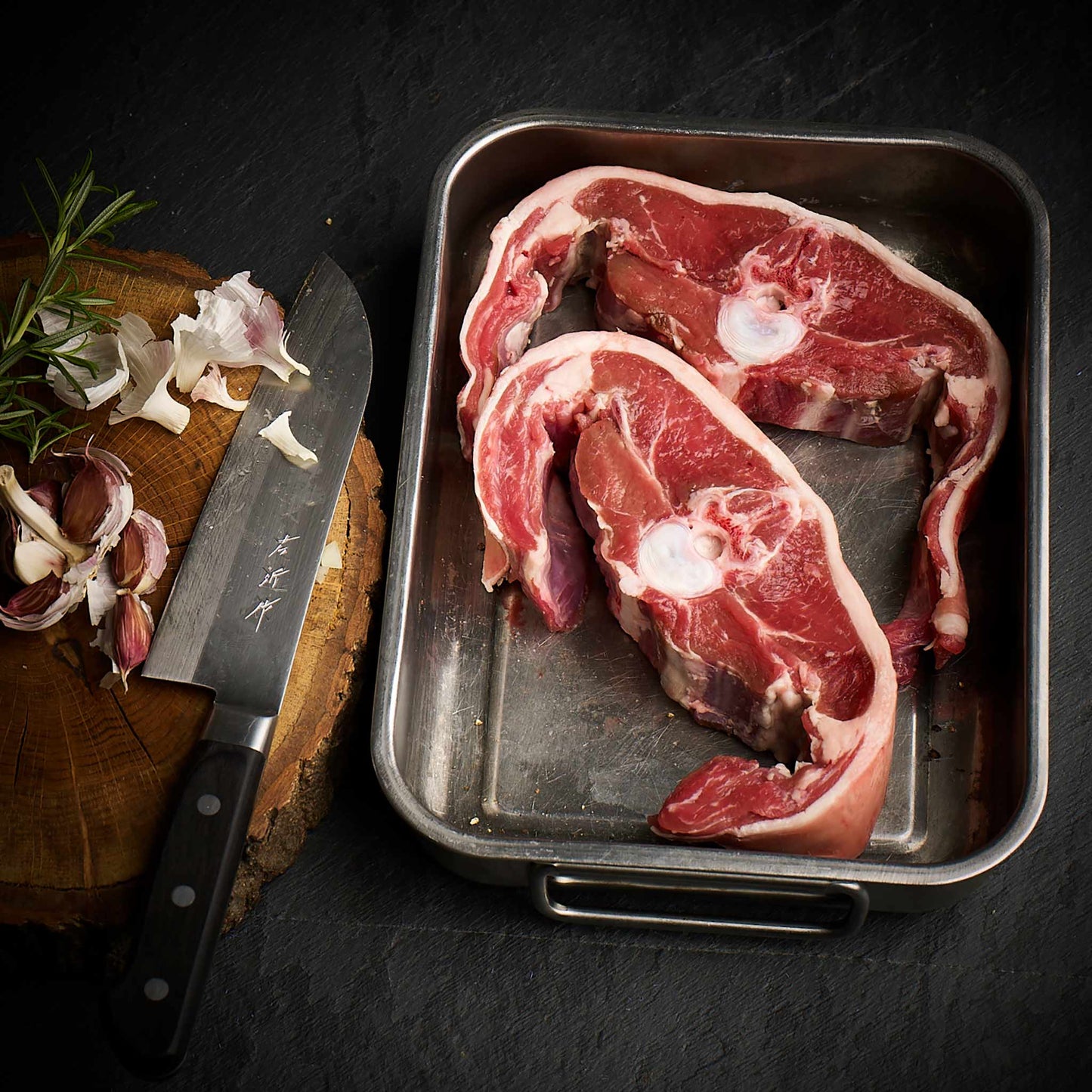We source our chicken from one farm in Leicestershire. The farm is Pasture for Life certified and rears truly free range, outdoor birds.

Offal, many people are scared of it but why? It's the most nutritious part of the animal and the most richly flavoured.
What is it?
Offal is defined by wikipedia as:
Offal (/ˈɒfəl/), also called variety meats, pluck or organ meats, is the organs of a butchered animal. The word does not refer to a particular list of edible organs, which varies by culture and region, but usually excludes muscle.
On our website you can currently find a limited offering in this category which we aim to expand on but we would like to introduce this to the customers who might not be familiar with it.
Beef tongue
Beef tongue is probably the least 'offaly' tasting of all offal, since it's also a muscle meat. It used to be widely eaten in British cuisine, especially as a cold cut and sandwich filling, but it has fallen out of favour in more recent times.
Tongue nutrition
B12 and other B vitamins
Beef tongue is particularly rich in vitamin B-12, which helps support healthy brain and nerve function by insulating your nerves and keeping your blood cells healthy. Other B vitamins present in beef tongue include B-2, B-3, and B-6.
Choline
Choline is an essential nutrient that supports your lipid metabolism and liver health. Your liver produces some choline, but most of the choline your body needs comes from the food you eat. Your body needs choline to function properly.
Choline helps:
Your brain and central nervous system control your memory and mood.
Your liver and muscles work correctly.
Your cells form and repair their membranes.
Your lipids break down and convert into energy.
Source
Iron and zinc
Iron and zinc are both crucial components of a healthy diet. Iron is important for making haemoglobin, a protein that supplies oxygen to all parts of your body. An inadequate supply of iron from your diet can cause your body to tap into its own iron reserves in the liver, spleen and bone marrow, and cause iron deficiency and anaemia. A 100g portion of beef tongue contains 2.6mg of iron and makes up 15% of your recommended daily iron intake.
Zinc is a nutrient that supports healthy function of your immune system and metabolism. Maintaining healthy levels of zinc in your body is also essential for proper wound healing and fighting infections. A 100g portion of cooked beef tongue contains 4.1mg of zinc, which makes up 29% of your recommended daily zinc intake.
How to prepare tongue
We love these simple instructions from Great British Chefs, which can form the basis for any other recipes or be eaten as a simple cold cut.
1. Scrub the tongue under cold water, then place in a large saucepan and cover with water. Bring to the boil, skimming off the scum that rises to the surface.
2. Once the water is boiling, add your aromatics; in this case, onions, carrots, garlic, thyme and peppercorns (but feel free to experiment with other ingredients for a different flavour). Continue to boil until tender – a knife should easily pierce the thickest part of it. This takes about 3 hours for ox, pig and veal tongue, or 1-1.5 hours for lamb and smaller tongues. Once cooked, it will have turned white and the top of the tongue will start to blister.
3. Remove the tongue from the liquor and when cool enough to handle, peel off and discard the rubbery skin. Make sure you do this while still warm as it’s near impossible to do cold. Remove the rough, bony end of the tongue and discard.
4. At this stage, the tongue can be pressed with a little of the cooking liquor and some gelatine, left in the fridge overnight, then thinly sliced for sandwiches. Or, due to its rich, fatty texture, it can be diced up and fried in butter until crispy for a luxurious melt-in-the-mouth finish.
Buy our 100% pasture-fed regeneratively raised beef tongue here



